Operational Technology Cybersecurity
A multi-sector, interdisciplinary approach to securing digital systems and critical functions.
INL’s cyber and controls expertise guided by intel-informed threat analysis provides unique products and capabilities. U.S. critical infrastructure that provides electrical power, clean water and other vital services to ensure our national security, lifeline services and economic prosperity are vulnerable to cyberattacks. All critical infrastructure relies on industrial control systems to serve as the command center for these vital assets.
To achieve mission success, INL combines seasoned cybersecurity analysts, experienced power engineers, cyber researchers, and control systems experts to perform cutting-edge analysis, research and development. This supports national security initiatives that strengthen the security and resilience of critical infrastructure against cyberattacks.
Capabilities
INL’s uses a multi-phase methodology based on critical function assurance (CFA) approach to identify, prioritize and mitigate the risk inherent in delivering critical functions that depend on digital technology.
- Cyber-Informed Engineering (CIE) – A framework and tools for building secure system designs.
- Consequence-Driven Cyber-informed Engineering (CCE) – Providing critical infrastructure owners and operators a four-phase process for safeguarding their critical operations.
INL has a team of power, controls, electrical and systems engineering experts that incorporates experience and application of controls in critical lifeline sectors and expanded vendor-specific expertise.
- OpDefender – An INL-developed device that filters out dangerous control systems commands, preventing hackers from taking over industrial facilities.
Cybersecurity researchers perform vulnerability assessments that illuminate and alert both the manufacturers and end users to equipment weaknesses, need for added protections, mitigation research or patch development.
INL researchers have expertise in host and network forensics, reverse engineering OT malware, and the development of advanced analytics to enhance system resilience. The team focuses on crafting sophisticated tools and analytics to identify and neutralize unique threats.
- Malcolm Tool Suite – a powerful open-source network traffic analysis tool.
Analysts combine traditional all-source threat analysis with the technical acumen of understanding engineering and systems documentation, OT networks, programming languages, and foreign language skills to produce technically sound analytic products.
This is an environment for government and industry partners to experience the possible effects of kinetic cyber-physical attacks. Users can perform research on industrial control systems (ICS) and supervisory control and data acquisition (SCADA) systems. This includes multiple platforms sponsored by the Cybersecurity and Infrastructure Security Agency (CISA) Controls Environment Laboratory Resource (CELR) program.
Dedicated Research and Testing Facilities
Cybercore Integration Center – INL, in partnership with the state of Idaho, has invested in this facility to advance the cybersecurity of vital cyber-physical systems through leadership, federal partnerships, and research and development. The Center offers 80,000-square-foot, state-of-the-art facility equipped with secure office space, conference rooms and configurable laboratories.
Additional facilities include:
- Over 150,000 square feet of laboratory space dedicated to OT cybersecurity, grid and wireless security, and infrastructure resiliency.
- An 890 square mile desert Site with scaleable test ranges and an unmanned aerial runway.
- A supervisory control and data acquisition (SCADA) systems laboratory with remote industry and academic access for security research.
- Electric vehicle and battery security research and testing.

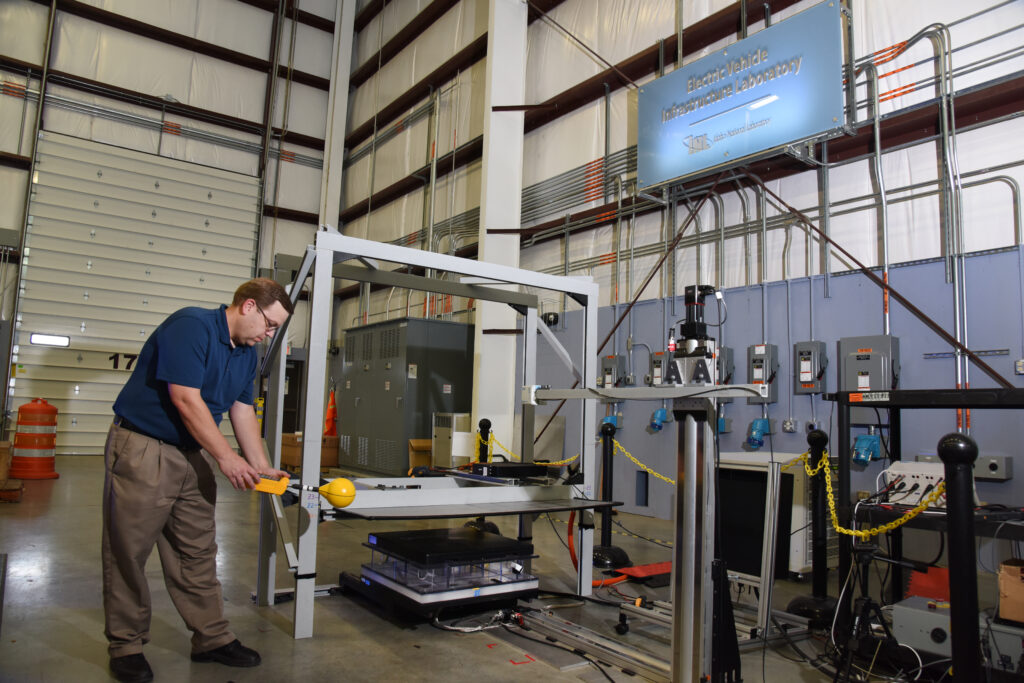
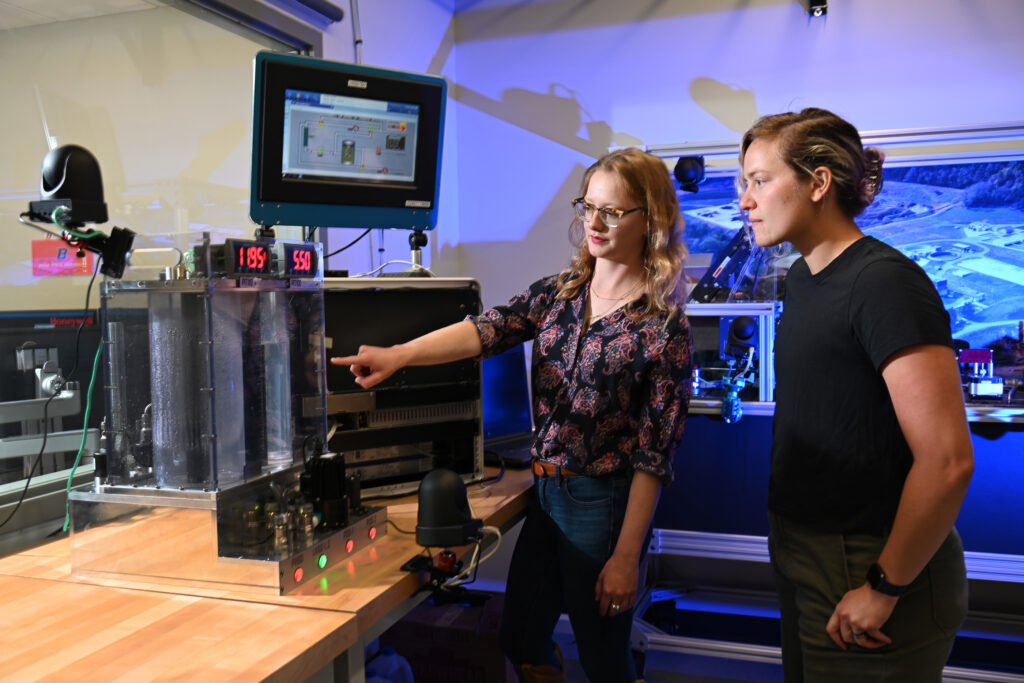
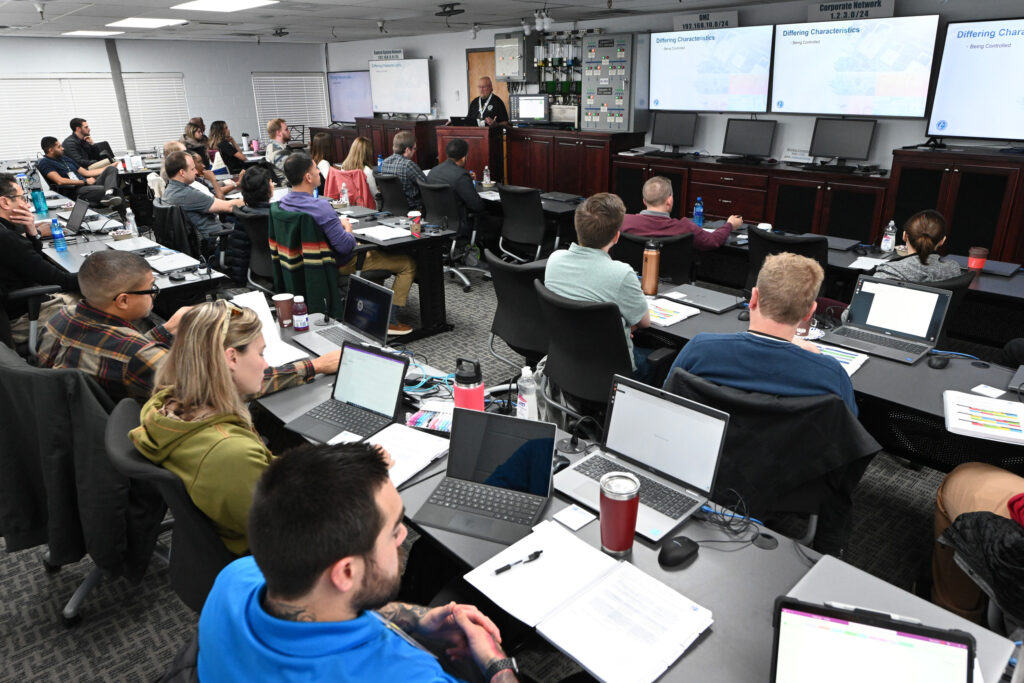

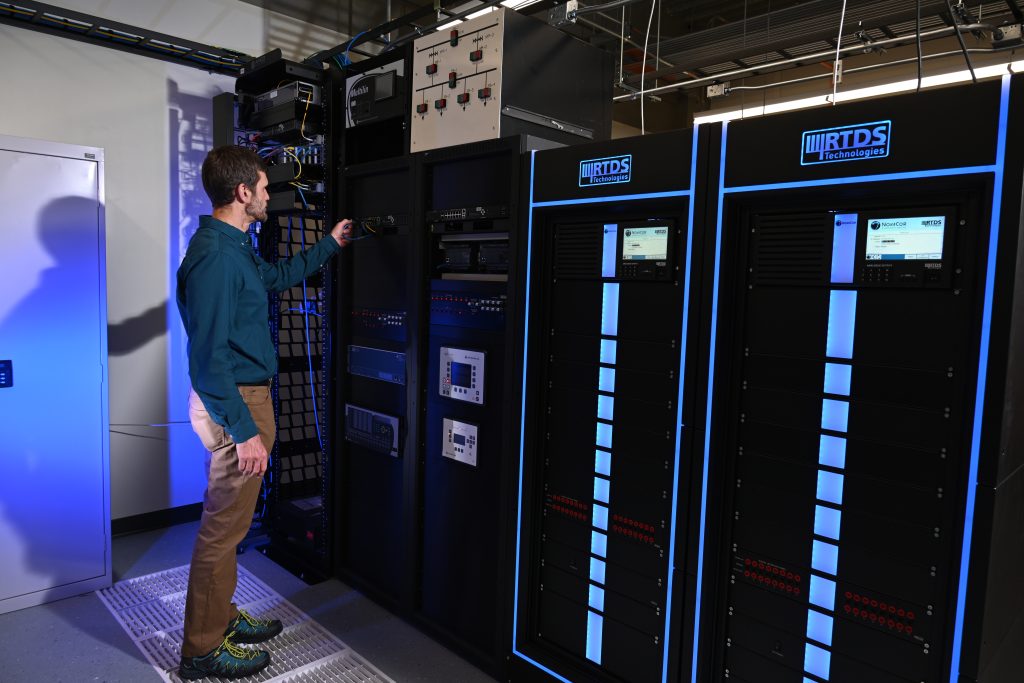
OT Cybersecurity Training and Workforce Development
INL provides innovative training and development opportunities to meet emerging threats and workforce demands aimed at securing industrial control systems (ICS) across sectors.
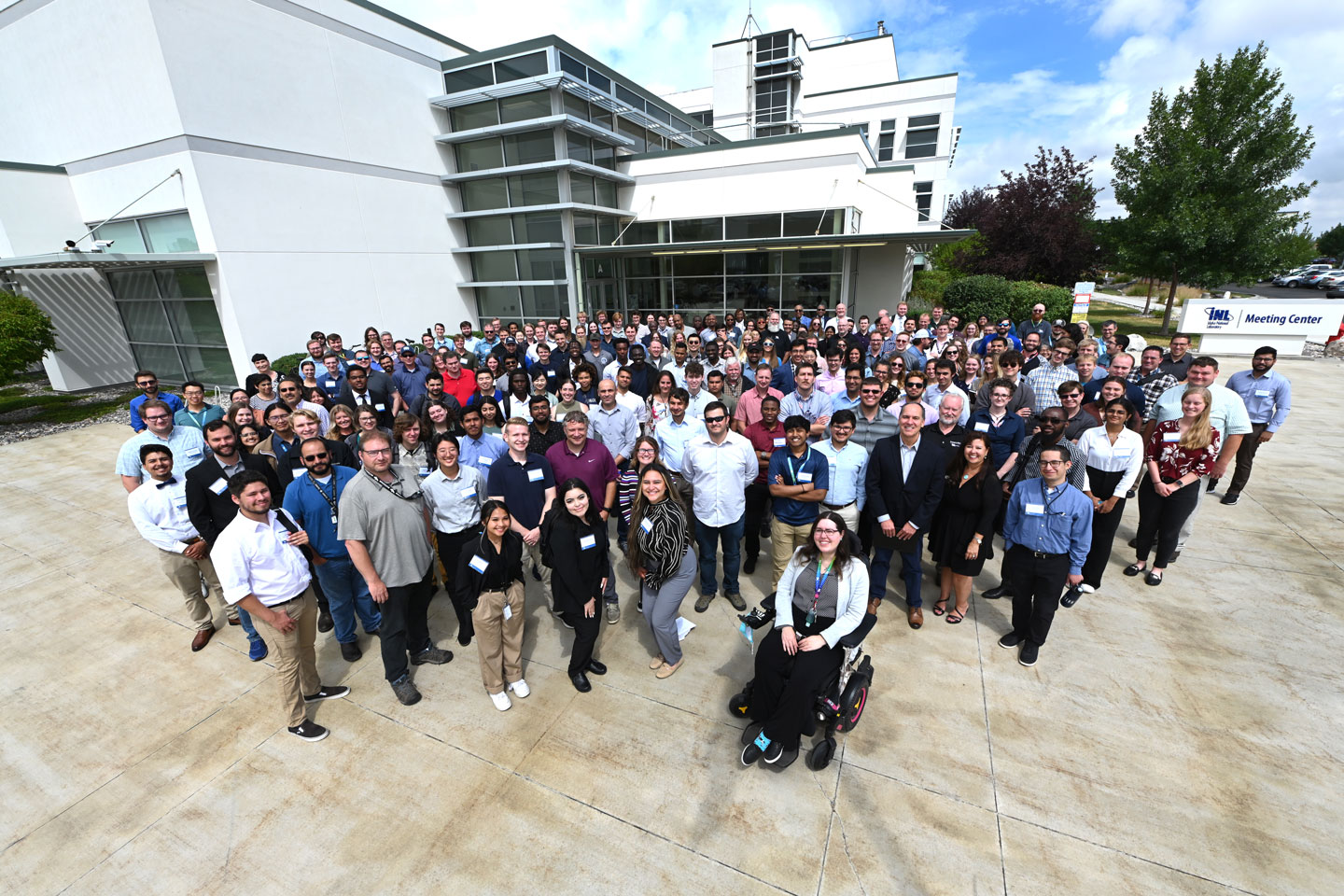
Cybersecurity
Internships
Full-time paid internships offered.

U.S. Air Force Fellowship
Two distinguished USAF members selected annually.
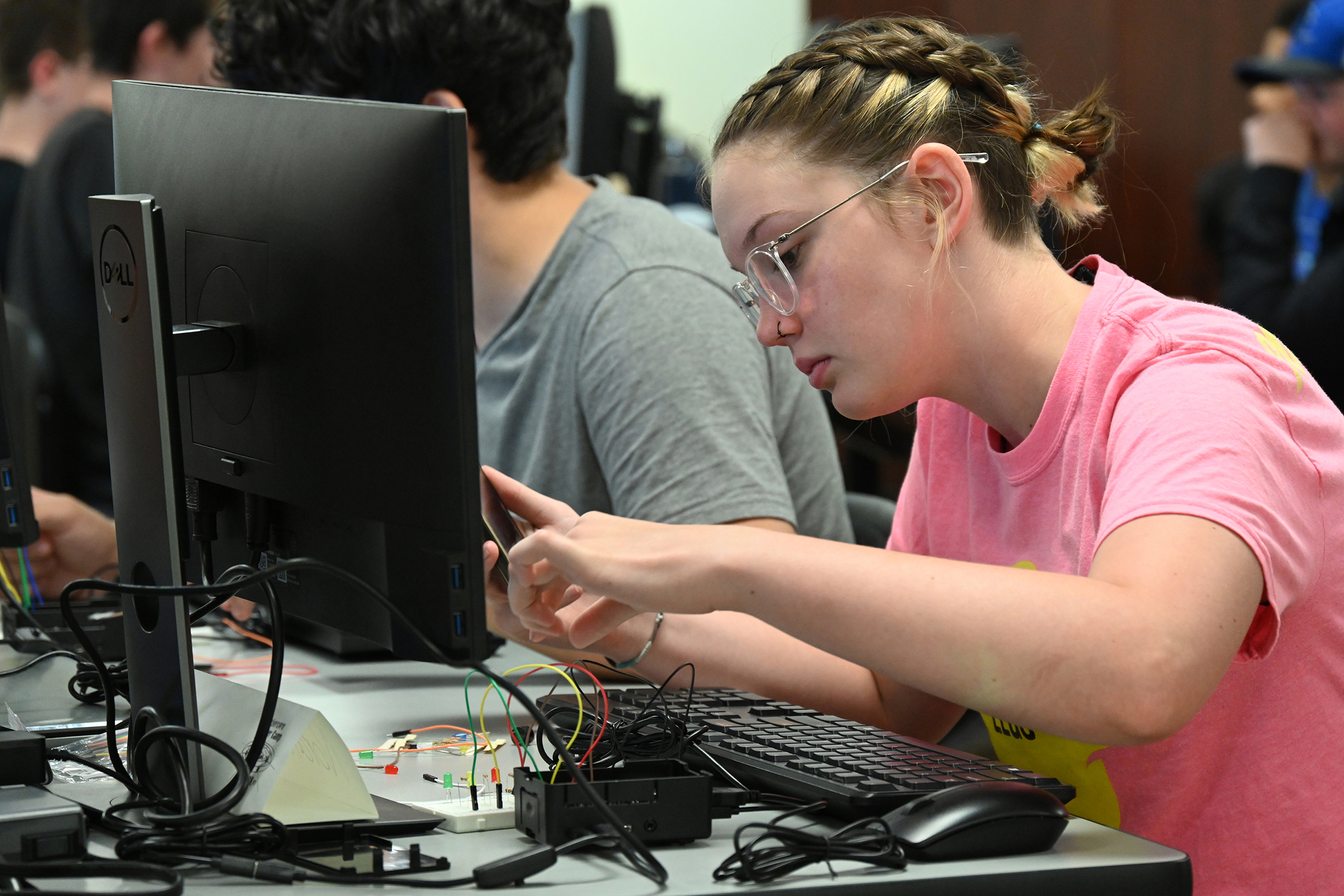
STEM Cyber Summer Camps
Offered annually in eastern Idaho.
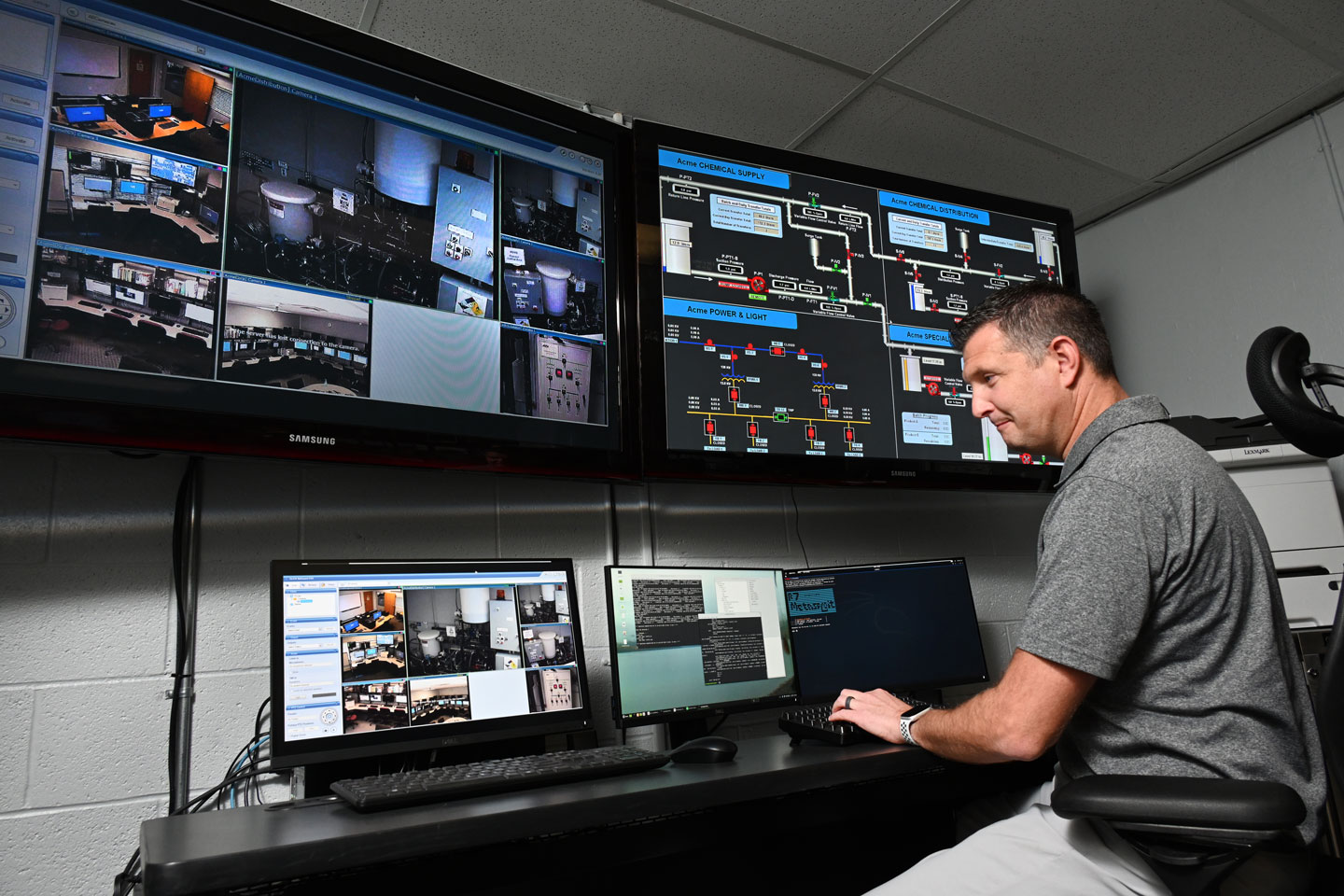
STEM Escape Rooms
Introduction to ICS Cybersecurity with gaming and puzzles.

ICS Cybersecurity
Beginner through advanced, virtual and In-class courses and exercises.
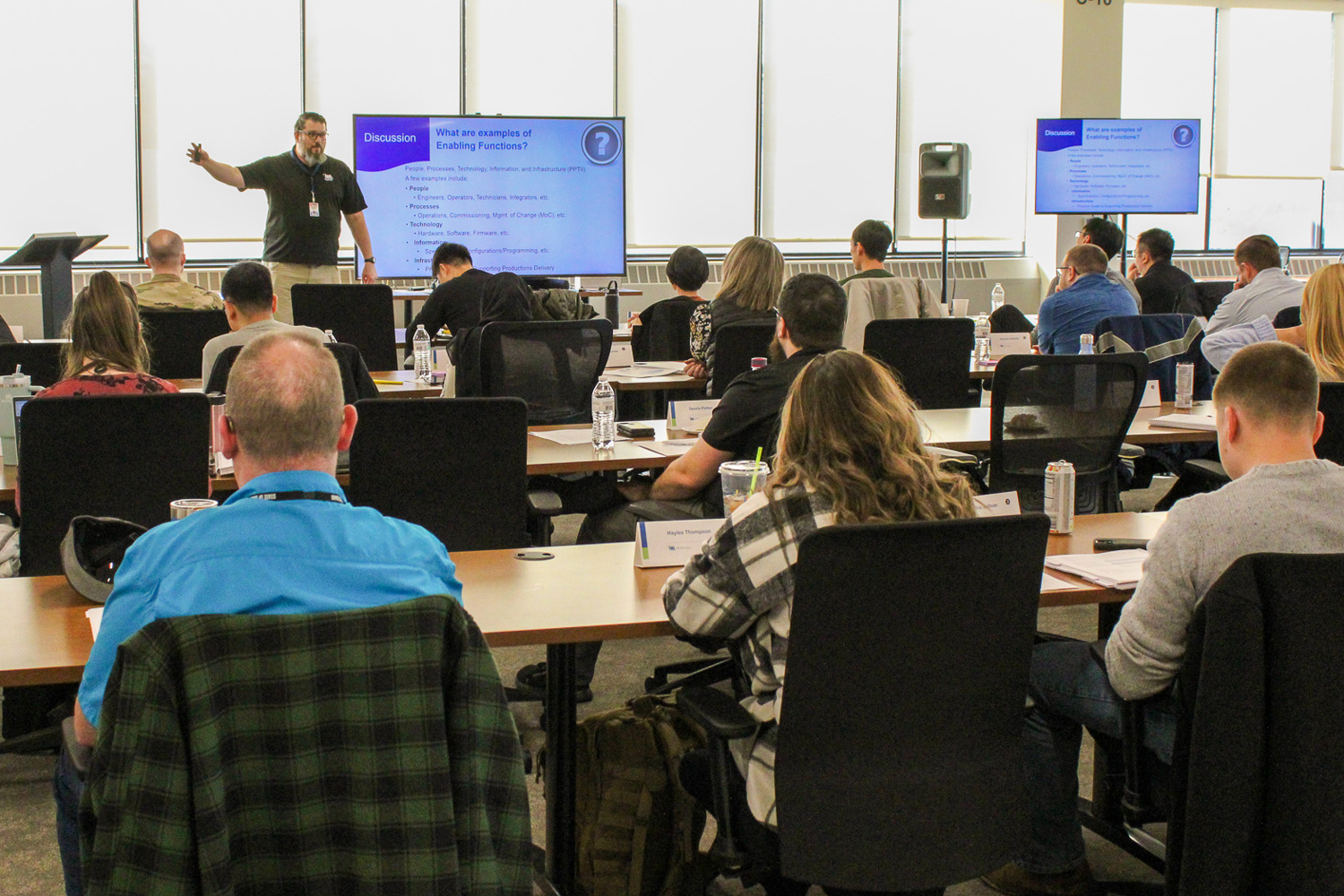
CCE Accelerate
In-class training for a self-guided CCE engagement.
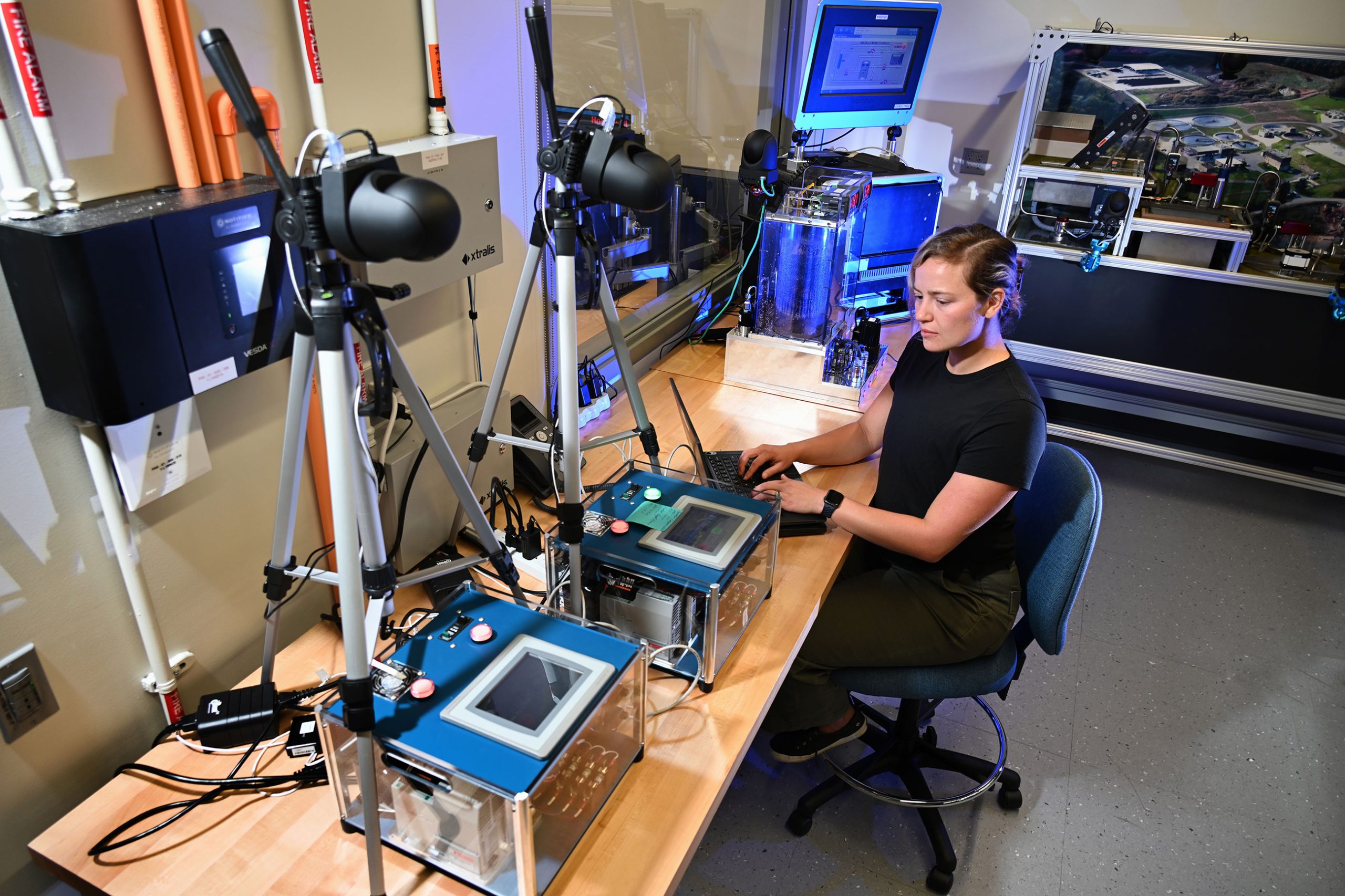
Cyberstrike Workshops
Virtual and in-person training for energy sector owners and operators.

OT Defender Fellowship
A cohort of energy sector leaders learning cyber defenses.
Related Energy Programs and Resources
Supply Chain Cybersecurity Principles
Cybersecurity Operational Technology Environment (CyOTE)
Supply Chain Cybersecurity Principles
Supply Chain Cybersecurity Principles
Cyber Testing Resilience for Industrial Control Systems
(CyTRICS)
Software Bill of Materials
Liberty Eclipse
Additional Cybersecurity Resources
- Cyber Security Evaluation Tool (CSET) – A desktop or web-based tool for asset owners to evaluate control system and IT security practices against industry standards.
- All Hazards Analysis Tool (AHA) – a data modeling resource for interconnectedness and interdependencies.
- CIRRUS – A Cloud Assessment Software – allows small business and utilities of all sizes to quickly assess their cyber hygiene.
Contact Information
NHS Communications

Battelle Energy Alliance manages INL for the U.S. Department of Energy’s Office of Nuclear Energy
Idaho National Laboratory
1955 N. Fremont Ave.
Idaho Falls, ID 83415
866-495-7440
Copyright © 2025 Idaho National Laboratory
- Home
- About
- ABOUT INL
- Contact Information
- Vision and Leadership
- Impacts
- Fact Sheets
- History
- Science & Technology Overview
- Laboratory Directed Research and Development
- FAQs
- The Top 20 Questions About Idaho National Laboratory
- BUS OPERATIONS
- FACILITIES
- User Facilities
- VISITORS
- Tours
- EBR-I Atomic Museum
- ENVIRONMENTAL
- Environmental Policy
- Sustainable INL
- Cultural Resources
- Annual Site Environmental Report
- Research
- Partnerships
- LICENSING & PARTNERSHIPS
- Licensing Process
- Ways to Do Business with INL
- Guide: Partner with DOE Labs
- PROSPECTIVE SUPPLIERS
- Initiating Business with INL
- Small Business Program
- Procurement Opportunities
- Vendor Portal
- Community Grants
- Community Volunteerism
- Request A Speaker
- ECONOMIC & WORKFORCE DEVELOPMENT
- K-12 STEM EDUCATION
- K-12 STEM Education Grants
- Resource Library
- Explore STEM Careers
- Interactive Periodic Table of Elements
- News
- Careers
- Events

